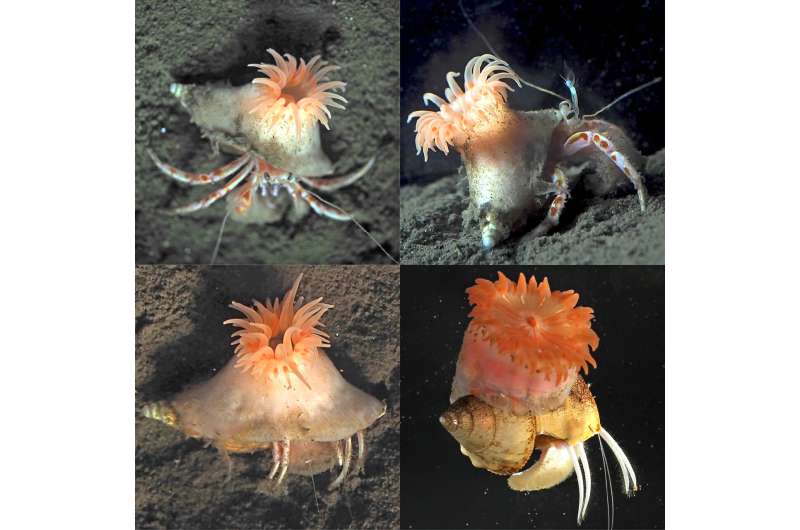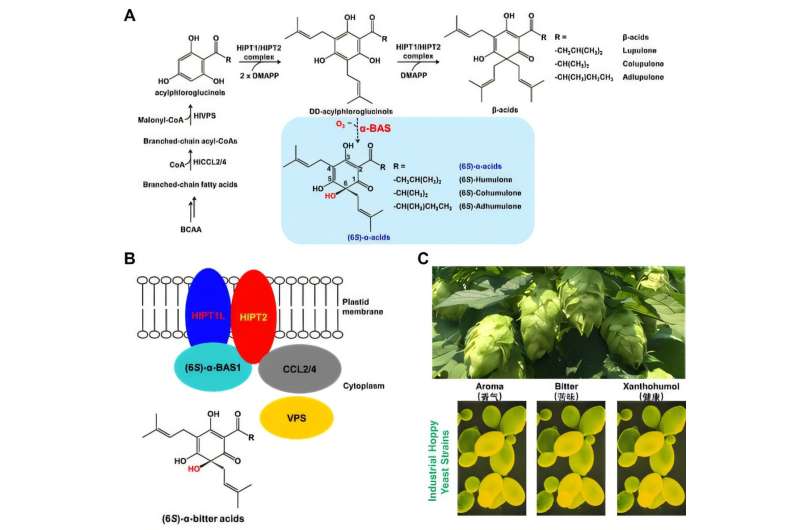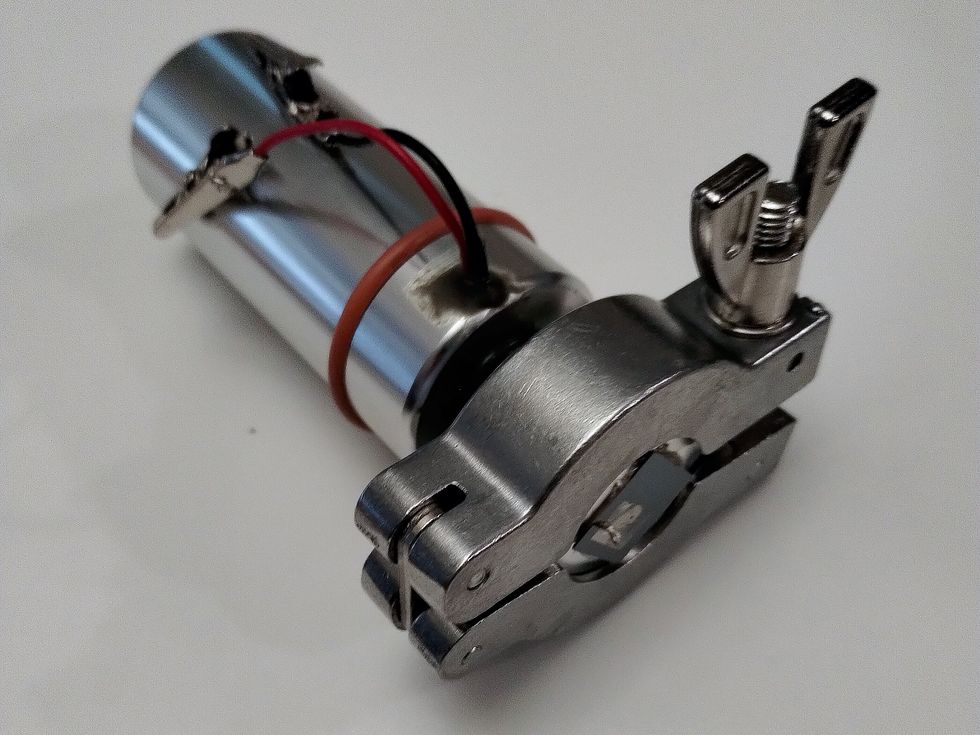Researchers from Kumamoto University and collaborating institutions have identified a new species of deep-sea sea anemone that constructs shell-like homes for hermit crabs. This remarkable discovery highlights a unique case of mutualism and co-evolution in the ocean depths, as detailed in a study published in the journal Royal Society Open Science on November 4, 2025.
The newly identified species, named Paracalliactis tsukisome sp. nov., was found inhabiting the shells of the hermit crab Oncopagurus monstrosus at depths ranging from 200 to 500 meters off the Pacific coasts of Mie and Shizuoka Prefectures in Japan. Unlike typical sea anemones, which lack hard skeletons, this species secretes a shell-like structure known as a carcinoecium. This innovation not only reinforces the crab’s shell but also expands its living space.
Unique Feeding and Attachment Strategies
Through stable isotope analyses, researchers discovered that the anemone feeds partly on organic particles as well as the feces of the hermit crab. This unusual but effective form of recycling contributes to the nutrient dynamics of the deep-sea floor. Additionally, advanced 3D imaging techniques using micro-CT scanning revealed that the anemone consistently attaches to the crab’s shell in a one-directional pattern. This behavior appears to be closely linked to both the feeding and shell-building processes.
The relationship between the anemone and the hermit crab offers significant benefits for both species. The hermit crab, for instance, achieves a larger body size compared to its relatives, suggesting a true mutualistic partnership. This symbiotic relationship not only enhances the crab’s survival but also showcases the adaptability of marine organisms in challenging environments.
A Symbolic Name and Cultural Significance
The soft pink hue of the anemone has inspired its name, tsukisome (桃花褐), meaning “pale pink color” in an ancient Japanese term found in the Man’yōshū (万葉集), Japan’s oldest anthology of poetry. In historical poetry, a “tsukisome-dyed kimono” represented gentle yet sincere affection, a fitting tribute to the anemone’s delicate appearance and its faithful partnership with its hermit crab host.
“This discovery shows how even simple animals like sea anemones can evolve surprisingly sophisticated behaviors,” said Associate Professor Akihiro Yoshikawa of Kumamoto University’s Aitsu Marine Station, who led the study. “Their ability to build a shell-like structure is a fascinating clue to understanding how animals perceive space and direction.”
This groundbreaking research not only expands the scientific community’s understanding of marine biology but also underscores the intricate relationships that develop in ocean ecosystems. The findings provide a unique perspective on how organisms adapt to their environments, offering insights that could inform future studies on biodiversity and ecological interactions.
For further details, refer to the study by Akihiro Yoshikawa et al., titled “Mutualism on the deep-sea floor: a novel shell-forming sea anemone in symbiosis with a hermit crab,” published in Royal Society Open Science.







